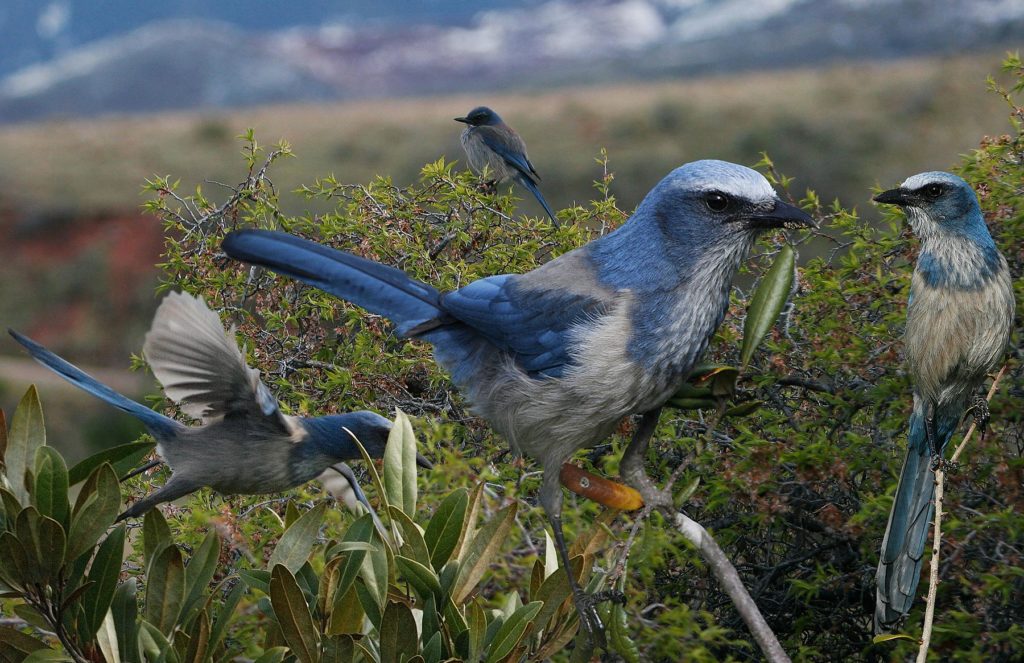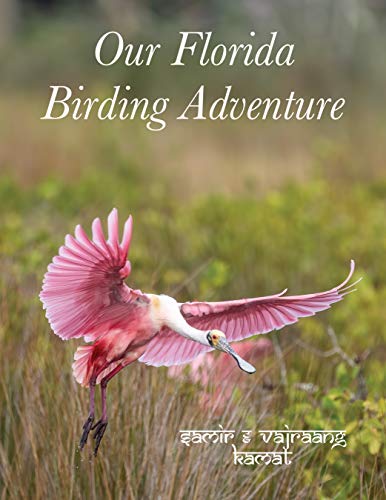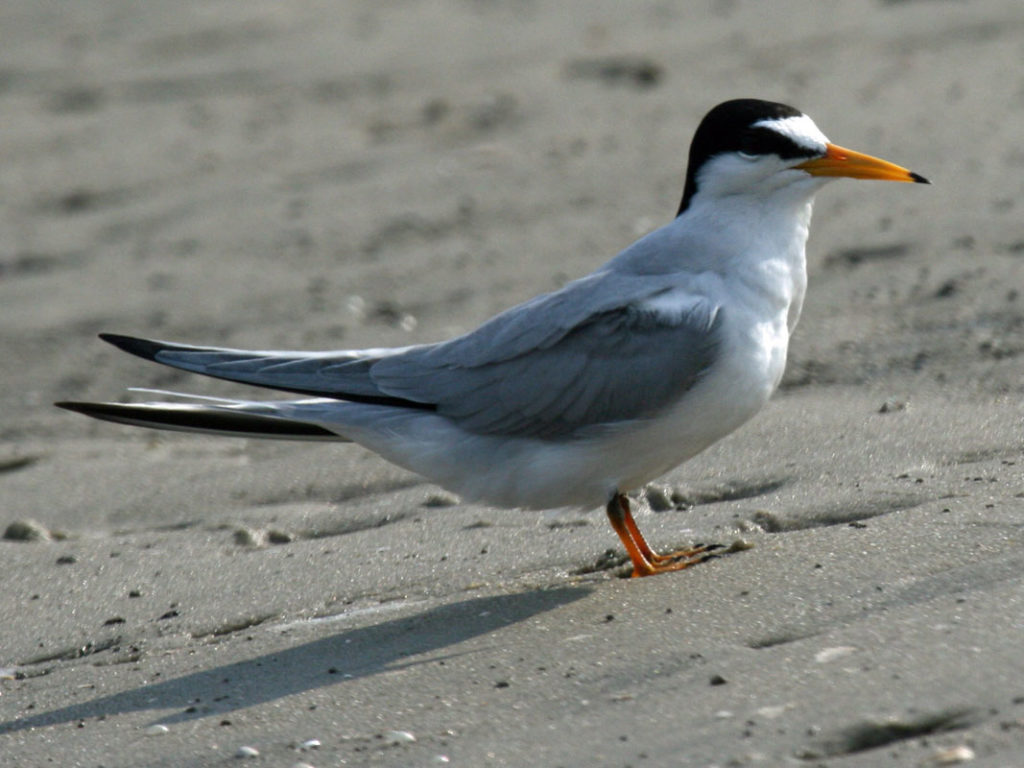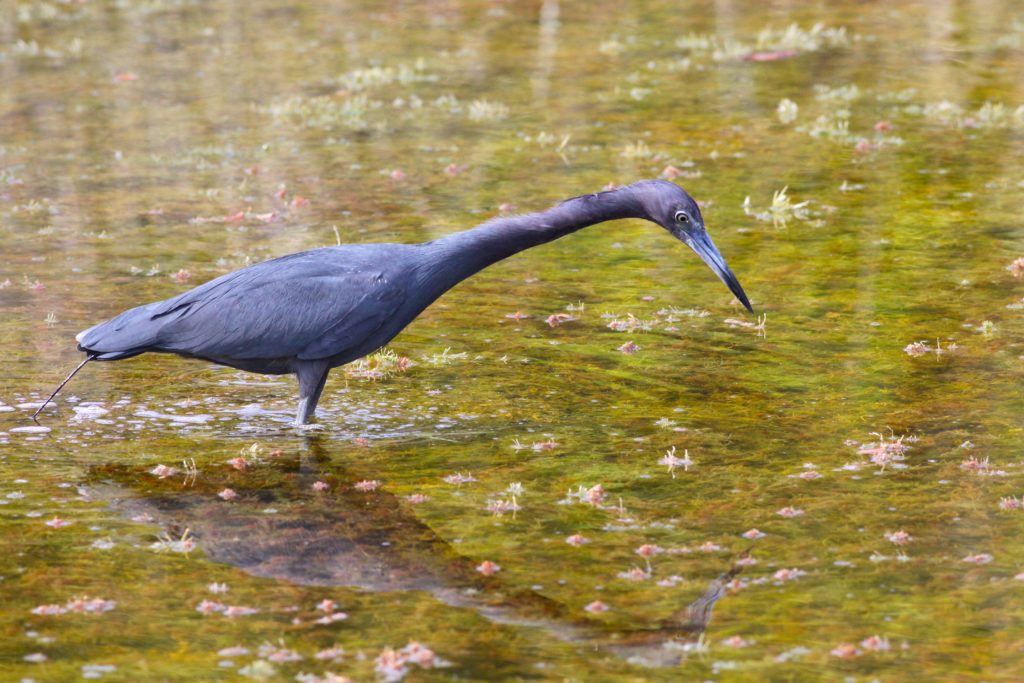
9 – Florida Scrub-Jay (Aphelocoma coerulescens) – Federally Threatened


The Florida Scrub-Jay is endemic to Florida, meaning it is only found in the sunshine state. Scrub-jays live only in a specific habitat known as Florida scrub. Scrub is typically found at Florida’s highest elevations, where the soils are sandy and well-drained, just inland parallel to Florida’s coasts as well as in the interior of the Florida peninsula.
It is the only species of bird endemic to the U.S. state of Florida and one of only 15 species endemic to the continental United States. Much of Florida’s scrub habitat was converted to citrus groves and other agricultural uses or developed for residential and commercial use. Habitat fragmentation and fire suppression are two of this jay’s greatest threats; without fire, open sandy patches in which the jays cache their winter food supply of acorns succeed into shady forests that no longer serve the Scrub-jay’s needs.
The Florida scrub jay was officially listed as a threatened state species by Florida Fish and Wildlife Conservation Commission in 1975 and it was listed as a threatened federal species by the United States Fish and Wildlife Service in 1987. In 1993, there were estimated to be 4000 breeding pairs left in the wild.


8 – Least Tern (Sternula antillarum) – State Threatened


In 1985 the U.S. Fish and Wildlife Service listed the population of least tern that occurred throughout the interior of the United States as an endangered species. Before being protected as endangered in 1985, the number of interior Least Terns had plummeted below 2,000 birds. This was caused by changes to river systems from dams, dikes, reservoirs and water diversions, which eliminated most historic Least Tern nesting habitat.
Each spring, Least Terns migrate from Central and South America to Florida’s shores and beyond for summer nesting season. They nest in large groups called colonies. While most natural predators can be deterred by the colony’s mobbing behavior, these birds are highly vulnerable to disturbance by humans and pets, and have absolutely no defense against toxic algae or rising seas. Because many of Florida’s beaches have been altered by development or are crowded with beach visitors, their only choice is sometimes a flat, gravel-covered rooftop, which can pose a unique set of dangers to small chicks that can fall off unprotected roof edges.
7 – Little Blue Heron (Egretta caerulea) – State Threatened


Several states list Little Blue Heron as Endangered (Kentucky), Threatened (New Jersey, Florida), or Species of Special Concern (Virginia, N. Carolina).
Little Blue Herons are found across Florida nesting at freshwater sites as well as on coastal islands. Although they nest in colonies with other herons and egrets, they forage alone, primarily in freshwater habitats. They eat fish, shrimp, amphibians, and insects, and are vulnerable to the continuing alteration of wetlands caused by development.





